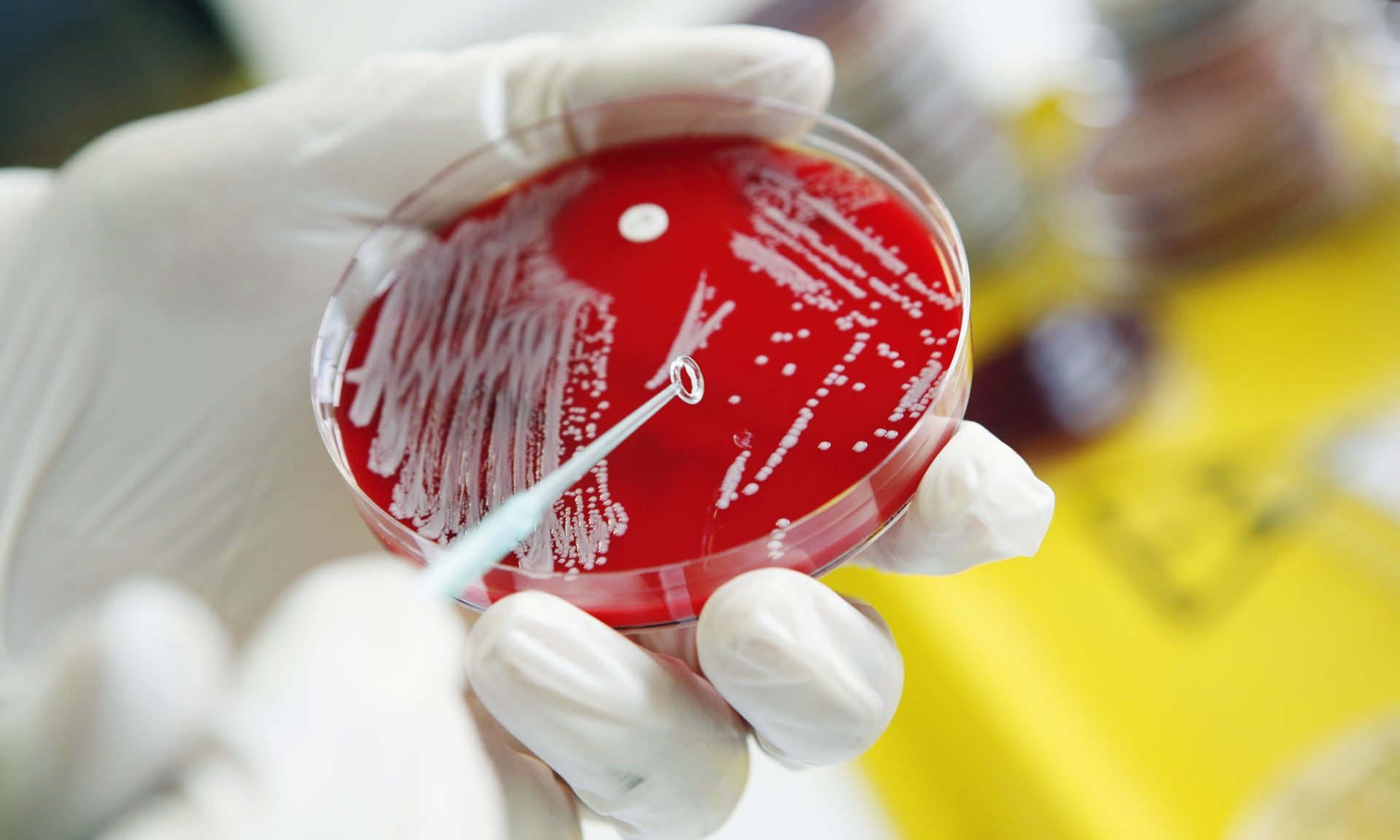
Advances in the area mean that scientists now have the capability to recreate dangerous viruses from scratch; make harmful bacteria more deadly; and modify common microbes so that they churn out lethal toxins once they enter the body.
The three scenarios are picked out as threats of highest concern in a review of the field published on Tuesday by the US National Academy of Sciences at the request of the Department of Defense. The report was commissioned to flag up ways in which the powerful technology might be abused, and to focus minds on how best to prepare.
Michael Imperiale, chair of the report committee, and professor of microbiology and immunology at the University of Michigan, said the review used only unclassified information and so has no assessment of which groups, if any, might be pursuing novel biological weapons. "We can't say how likely any of these scenarios are," he said. "But we can talk about how feasible they are."
In the report, the scientists describe how synthetic biology, which gives researchers precision tools to manipulate living organisms, "enhances and expands" opportunities to create bioweapons. "As the power of the technology increases, that brings a general need to scrutinise where harms could come from," said Peter Carr, a senior scientist at MIT's Synthetic Biology Center in Cambridge, Massachusetts.
More than 20 years ago, Eckard Wimmer, a geneticist at Stony Brook University in New York, highlighted the potential dangers of synthetic biology in dramatic style when he recreated poliovirus in a test tube. Earlier this year, a team at the University of Alberta built an infectious horsepox virus. The virus is a close relative of smallpox, which may have claimed half a billion lives in the 20th century. Today, the genetic code of almost any mammalian virus can be found online and synthesised. "The technology to do this is available now," said Imperiale. "It requires some expertise, but it's something that's relatively easy to do, and that is why it tops the list."
Other fairly simple procedures can be used to tweak the genes of dangerous bacteria and make them resistant to antibiotics, so that people infected with them would be untreatable. A more exotic bioweapon might come in the form of a genetically-altered microbe that colonises the gut and churns out poisons. "While that is technically more difficult, it is a concern because it may not look like anything you normally watch out for in public health," Imperiale said.
The report calls on the US government to rethink how it conducts disease surveillance, so it can better detect novel bioweapons, and to look at ways to bolster defences, for example by finding ways to make and deploy vaccines far more rapidly. For every bioweapon the scientists consider, the report sets out key hurdles that, once cleared, will make the weapons more feasible.
One bioweapon that is not considered an immediate threat is a so-called gene drive that spreads through a population, rewriting human DNA as it goes. "It's important to recognise that it's easy to come up with a scary-sounding idea, but it's far more difficult to do something practical with it," said Carr.




Comment: The US only need look at its only government because the greatest risk from bioweapons would likely come from the vast number of US secret sites (and then there's the UKs Porton Down) where diabolical experiments appear to be the norm:
- Pentagon Biological Weapons Program Never Ended: US Bio-labs Around The World
- U.S. conducted biological weapons research at least until 2003 despite 1969 presidential order, 1972 treaty
- Merck's president led secret biowarfare program - influencing experiments on Americans
- Clouds of secrecy: Over and over again, the military has conducted dangerous biowarfare experiments on Americans, without their knowledge
- US extensive use of biowarfare in North Korea exposed in long-suppressed official report
- MI5 Poisons Another Russian Asset to Smear Putin in Ongoing Propaganda War
Also check out SOTT radio's: The Truth Perspective: Interview with Dilyana Gaytandzhieva: Pentagon Biological Warfare And Arms Trafficking to Terrorists